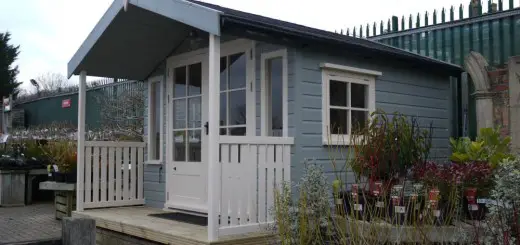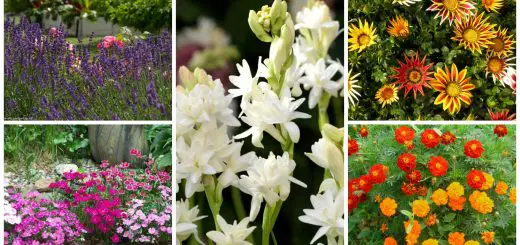Bordeaux Mixture – How To Prepare And Use

For those who grew up in the countryside or are familiar with farming activities, Bordeaux mixture or blue vitriol is a familiar sight. Widely used for pest control, especially in the vines and fruit trees treatments, Bordeaux mixture remains a handy option for those who want a rich harvest in autumn. So here is more info about way of preparation and use, along with several other interesting things.
Bordeaux mixture—a combination of copper sulfate, lime, and water—is an effective fungicide and bactericide that has been used for decades to control diseases of fruit and nut trees, vine fruits, and ornamental plants. These natural minerals, when mixed in the correct order, provide long-lasting protection to plants against diseases. The ability of Bordeaux mixture to adhere to plants in rainy weather makes it an excellent choice for a winter fungicide. Applying Bordeaux after trees break dormancy generally isn’t recommended, because it can injure leaves.
First of all, it is important to note that Bordeaux mixture is a contact fungicide that does not penetrate into the plant tissue. Instead, the copper ions in its composition are passively absorbed by the spores of the fungi or bacteria with which they come into contact, killing their enzyme systems. However, treatment should be preventive because after pathogen penetration or infection of plant tissues, treatment with Bordeaux mixture is totally ineffective.
To prepare, for example, 10 liters of Bordeaux mixture with a concentration of 0.75% you need the following recipe: take 75 grams of copper sulfate (blue vitriol) which should be well ground and dissolve in 5 liters of warm water in a plastic bucket. Do not use metal buckets because the solution is highly corrosive. In another plastic bucket prepare limewater using 115-120 grams of slaked lime dissolved in 5 liters of water. You can also use 35-40 grams of quicklime in the same volume of water. The role of lime is to neutralize the copper sulfate.
Finally mix the two solutions pouring copper sulfate over the limewater and mix until the liquid becomes homogeneous. You can add 10-20 ml of glue to increase the solution adherence and persistence on stems, branches and leaves. Sprinkle on vines, fruit trees or vegetables the very day the solution was prepared. For one hectare of orchard you need to 800-1000 liters of Bordeaux mixture. For small areas, you will find ready-made solution at specialized shops.
In case of trees, the treatment is applied in the dormant phase, in the time interval between the fall of leaves and before buds swell, while in case of vines the treatment is applied in the same dormant phase or after the growth process of offshoots, in late June-early July.
Sources: Paradisverde.ro, Horticultorul.ro, Ipm.ucdavis.edu

















